Top 10 Deadliest Weapons in India’s Arsenal Revealed
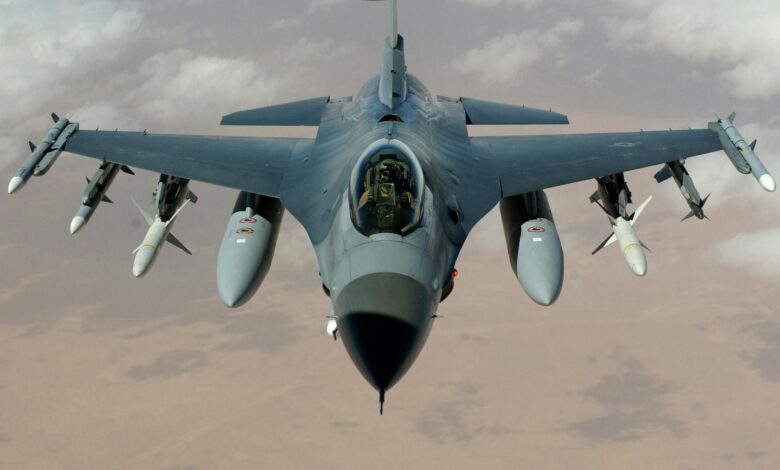
Top 10 Deadliest Weapons in India’s Arsenal Revealed
In a world where military might often translates to geopolitical influence, India has steadily built an arsenal that commands respect on the global stage. From supersonic missiles that break the sound barrier to nuclear submarines lurking in the depths of the ocean, the Indian armed forces have transformed into a formidable power through strategic acquisitions and indigenous development. But just how powerful are these weapons systems that safeguard a nation of over a billion people?
The evolution of India’s military capabilities represents a fascinating blend of international collaboration and homegrown innovation. While historically reliant on Russian technology, India has diversified its defense partnerships to include French Rafales soaring through its skies and Israeli surveillance systems scanning its borders. Behind each weapon lies a story of strategic necessity and technological advancement that few civilians ever glimpse. Join us as we pull back the curtain on the deadliest weapons in India’s arsenal—from the BrahMos missile’s supersonic strike power to the impenetrable S-400 air defense shield—and discover how these systems are reshaping the balance of power in Asia.
BrahMos Missile: India’s Supersonic Strike Power
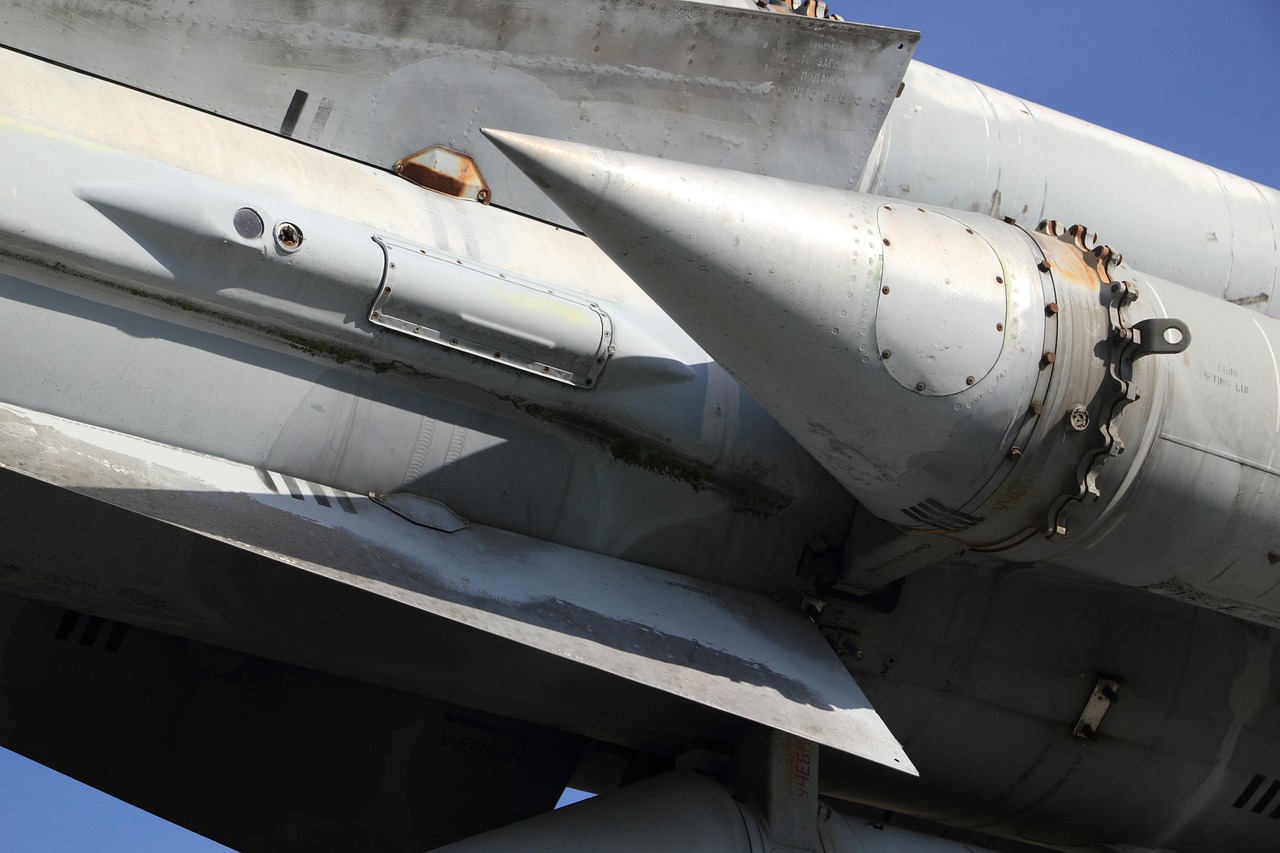
A. Joint Indo-Russian Engineering Marvel
The BrahMos missile represents a groundbreaking partnership between India and Russia, combining Russian propulsion technology with Indian guidance systems. Developed by BrahMos Aerospace, this deadly weapon has become the backbone of Indian military weapons strategy across multiple defense scenarios.
B. Multi-platform Launch Capability
What makes BrahMos truly formidable is its versatility. The missile can be launched from ships, submarines, aircraft, and land-based mobile launchers. This flexibility gives Indian armed forces unprecedented tactical advantages, allowing strikes from multiple domains with pinpoint accuracy and minimal warning time.
Agni-5: The Intercontinental Game-Changer

DRDO’s Indigenous Development Journey
India’s secretive Agni-5 program represents DRDO’s crowning achievement. Developed entirely on Indian soil, this missile faced countless technical hurdles before its successful maiden flight in 2012, establishing India among the elite ICBM-capable nations.
Strategic Deterrence Capabilities
With nuclear warhead capability and virtually all of Asia within reach, Agni-5 transformed India’s strategic posture overnight. The missile’s road-mobile launchers ensure survivability during first strikes, completing India’s nuclear triad and cementing its “no first use” but “massive retaliation” doctrine.
S-400 Triumf: The Impenetrable Air Defense Shield
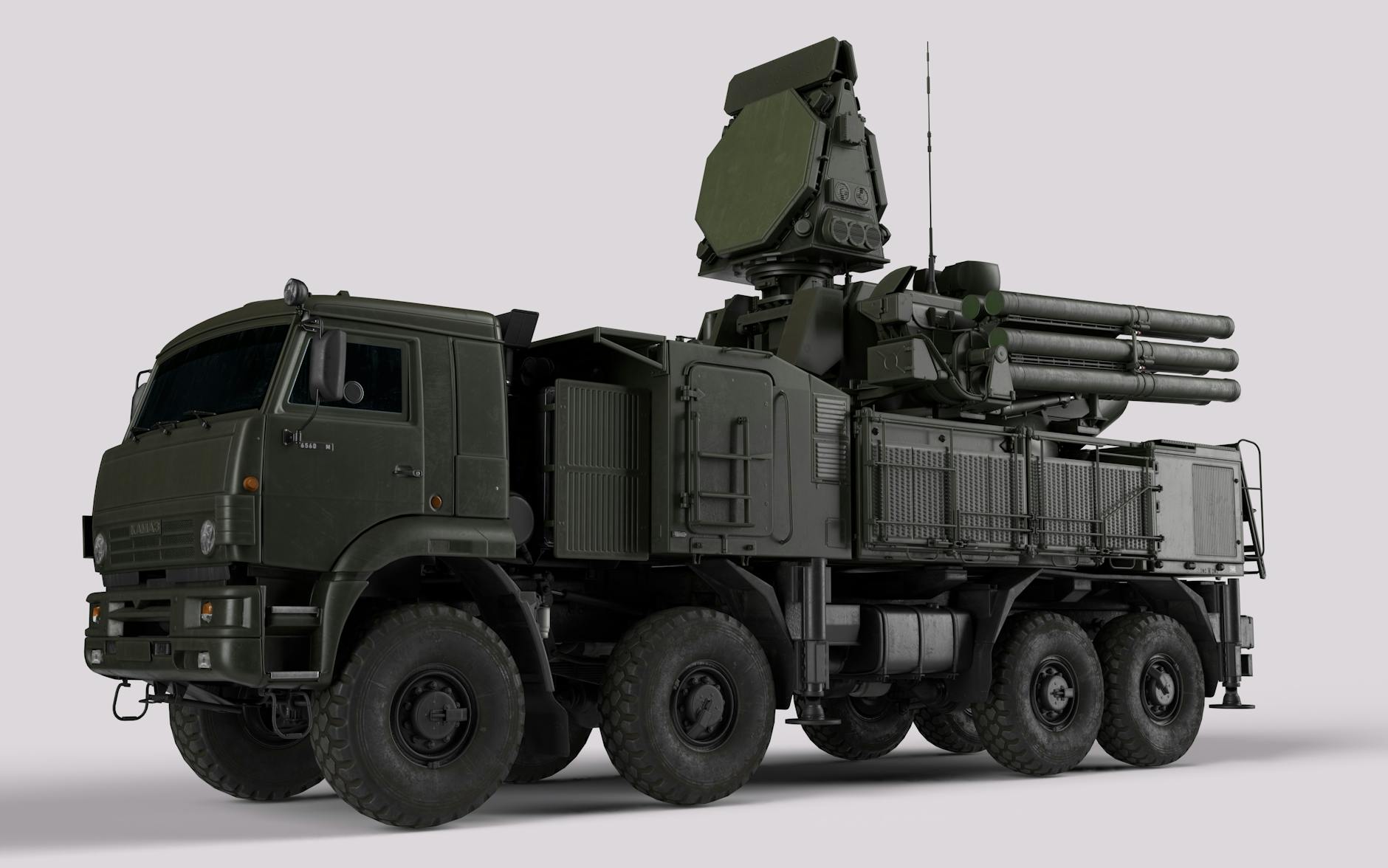
A. Russian Technology Acquisition
India scored big with the S-400 Triumf, snagging this cutting-edge system from Russia despite American opposition. This $5.4 billion deal brings five S-400 regiments to bolster India’s air defense capabilities against threats from neighboring countries.
B. Multi-layered Threat Neutralization
The S-400 is a beast at tracking and destroying multiple aerial targets. It can take down aircraft, cruise missiles, and ballistic missiles up to 400km away. What makes it truly special? The system can engage 36 targets simultaneously, creating an impenetrable shield against enemy air forces.
Rafale Fighter Jets: The Multi-Role Air Dominance
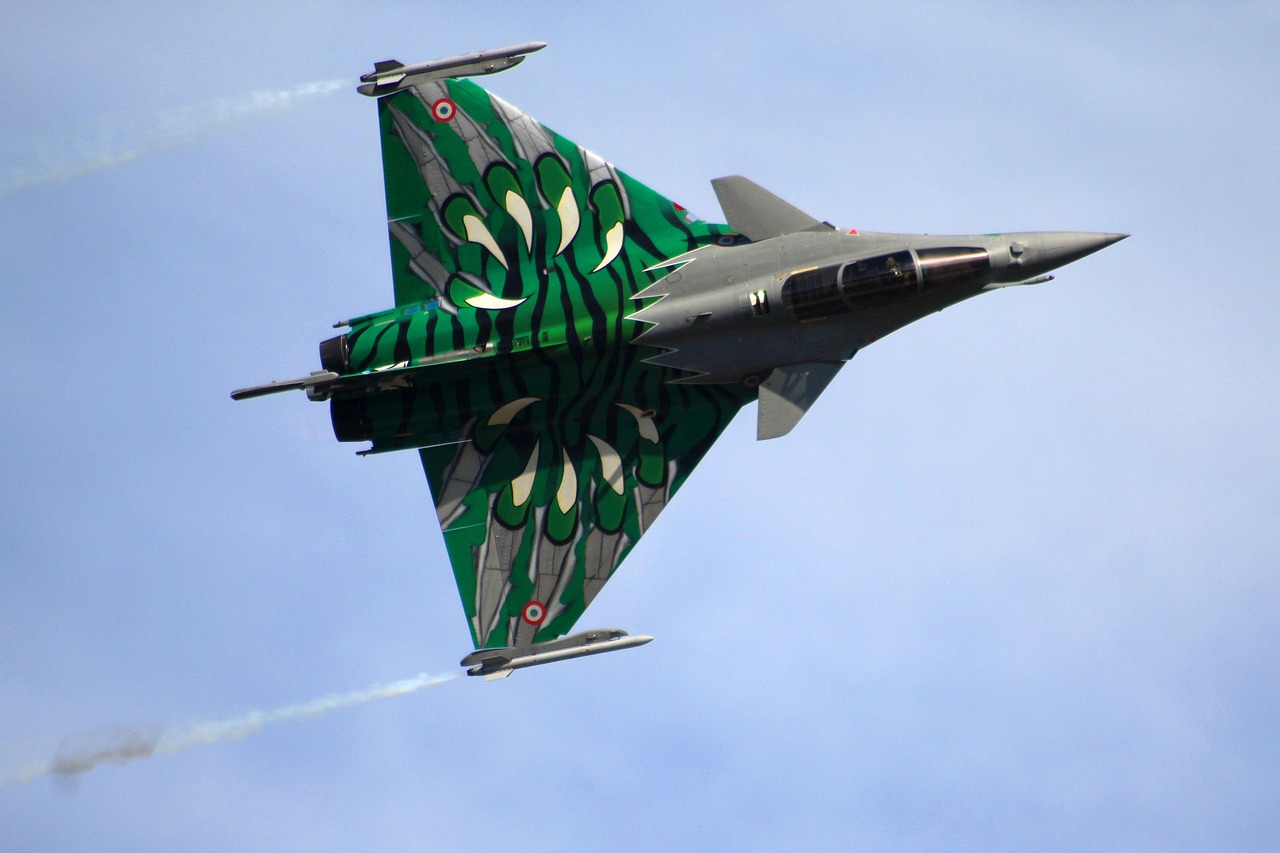
French Technology in Indian Skies
The Rafale jets represent India’s biggest air power upgrade in decades. Packed with SCALP cruise missiles and Meteor beyond-visual-range air-to-air missiles, these French-built fighters give the IAF unprecedented strike capabilities against any regional threat.
Combat Capabilities and Weapon Systems
These jets aren’t just pretty machines in the sky. With their advanced electronic warfare suite and ability to carry nuclear weapons, Rafales can penetrate enemy defenses virtually undetected. They maintain air superiority while simultaneously striking land targets with pinpoint accuracy.
Sukhoi Su-30 MKI: The Backbone of Indian Air Force
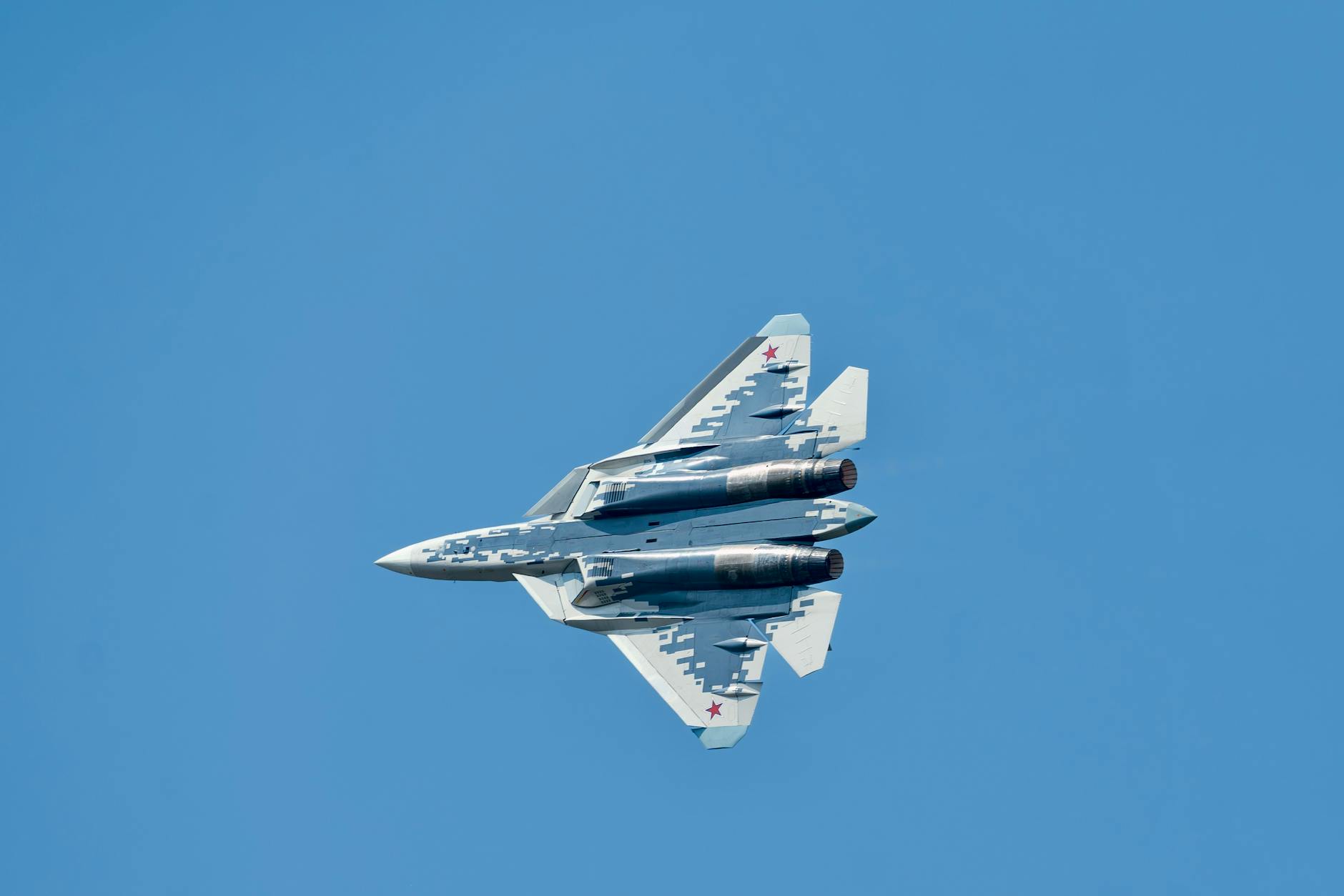
Russian Design with Indian Manufacturing
The Su-30MKI combines Russian engineering with Indian manufacturing prowess. HAL produces these air superiority fighters under license, incorporating Israel and French avionics for a truly unique combat aircraft. This deadly weapon in India’s arsenal represents successful defense collaboration, with over 270 currently serving.
Combat Versatility and Range
With a combat radius exceeding 1,500 km, the Su-30MKI dominates Indian skies. Its twin AL-31FP engines deliver thrust vectoring capabilities, allowing pilots to perform the famous “Cobra” maneuver. No other fighter in South Asia matches its combination of range, payload capacity and dogfighting abilities.
INS Vikramaditya: India’s Maritime Power Projection

Russian Carrier Transformation
The Vikramaditya’s journey from Russian warship to Indian flagship is remarkable. Originally the Soviet Kiev-class carrier Admiral Gorshkov, India acquired it in 2004 and completely overhauled it with modern systems and a ski-jump deck for aircraft operations.
Aircraft Capacity and Naval Strike Capability
With space for 30+ aircraft including MiG-29K fighters and helicopters, Vikramaditya packs serious punch. These fighters can deliver precision strikes while its defensive systems protect the carrier group, making it one of Indian military’s deadliest maritime assets.
Pinaka Multi-Barrel Rocket Launcher: Area Domination System
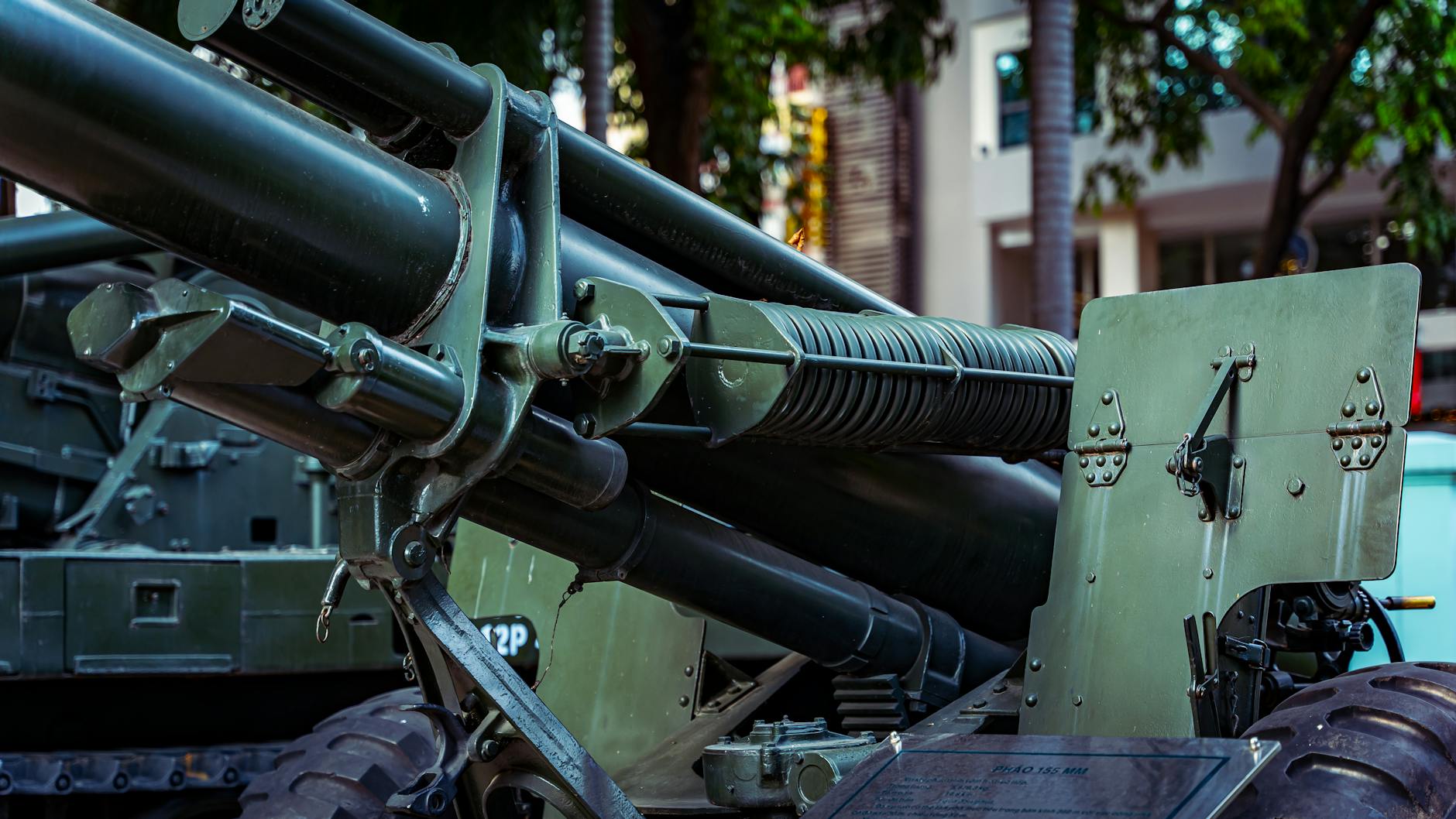
Indigenous Development Success Story
The Pinaka isn’t just another weapon – it’s Indian ingenuity at its finest. Developed by DRDO with Tata and Larsen & Toubro, this multi-barrel rocket system represents a massive leap in India’s self-reliance journey for advanced military technology.
Battlefield Impact and Kargil War Deployment
Pinaka proved its worth during the Kargil War, delivering devastating firepower against enemy positions. The system can obliterate a 1 square km area in seconds, making it one of the deadliest weapons in Indian military technology. Its deployment changed battlefield dynamics significantly.
Pralay Missile: Precision Strike Capability
Quasi-Ballistic Technology Explained
The Pralay missile stands out in India’s arsenal with its quasi-ballistic flight path—unlike traditional ballistic missiles, it can maneuver mid-flight and change trajectory. This feature makes it nearly impossible for enemy air defense systems to predict its path or intercept it effectively.
Strategic Target Neutralization
Pralay delivers a powerful punch with pinpoint accuracy up to 500km away. The missile can carry conventional warheads weighing 350-700kg, making it perfect for taking out high-value enemy targets like command centers and radar installations while minimizing collateral damage—a game-changer for Indian military technology.
Nuclear Submarine Fleet: Underwater Deterrence

INS Chakra Capabilities and History
India’s nuclear submarine fleet packs a serious punch with the INS Chakra, a leased Akula-class submarine from Russia. This underwater beast can stay submerged for months and launch cruise missiles that make enemies think twice before provoking.
Nuclear Propulsion Technology
The real game-changer? Nuclear propulsion. Unlike conventional subs that need to surface regularly, Indian nuclear submarines cruise silently for extended periods, making them nearly impossible to track. This technology gives India’s navy a vital edge in maintaining regional stability.
Advanced Surveillance and Support Systems

A. Phalcon AWACS: Eyes in the Sky
India’s Phalcon AWACS systems aren’t just fancy tech—they’re game-changers. Mounted on IL-76 aircraft, these Israeli-made radar systems can track 60+ enemy aircraft from 400km away. Think of them as floating control towers that see everything in Indian airspace.
B. Boeing P-8 Poseidon: Maritime Patrol Excellence
The P-8s are submarine hunters with attitude. Armed with Harpoon missiles and MK-54 torpedoes, they’re why enemy submarines can’t sleep at night. These modified Boeing aircraft give India total awareness over the Indian Ocean, making them crucial for our naval dominance.

India’s military arsenal showcases a blend of indigenous development and strategic acquisitions that have significantly bolstered the nation’s defense capabilities. From the supersonic BrahMos missile and the intercontinental Agni-5 to advanced platforms like the S-400 air defense system and Rafale fighter jets, these weapons systems represent India’s commitment to maintaining a strong deterrent force. The naval power projected by INS Vikramaditya and the underwater stealth of nuclear submarines further complement India’s comprehensive defense strategy.
While these advanced weapons ensure national security and sovereignty, they also underscore India’s evolving defense policy that balances imported technology with indigenous innovation. As India continues to strengthen its military capabilities, it remains committed to using these systems responsibly within its defensive framework. The strategic importance of these weapons cannot be overstated – they not only protect India’s borders but also contribute to regional stability and assert India’s position as a significant military power in the global arena.



